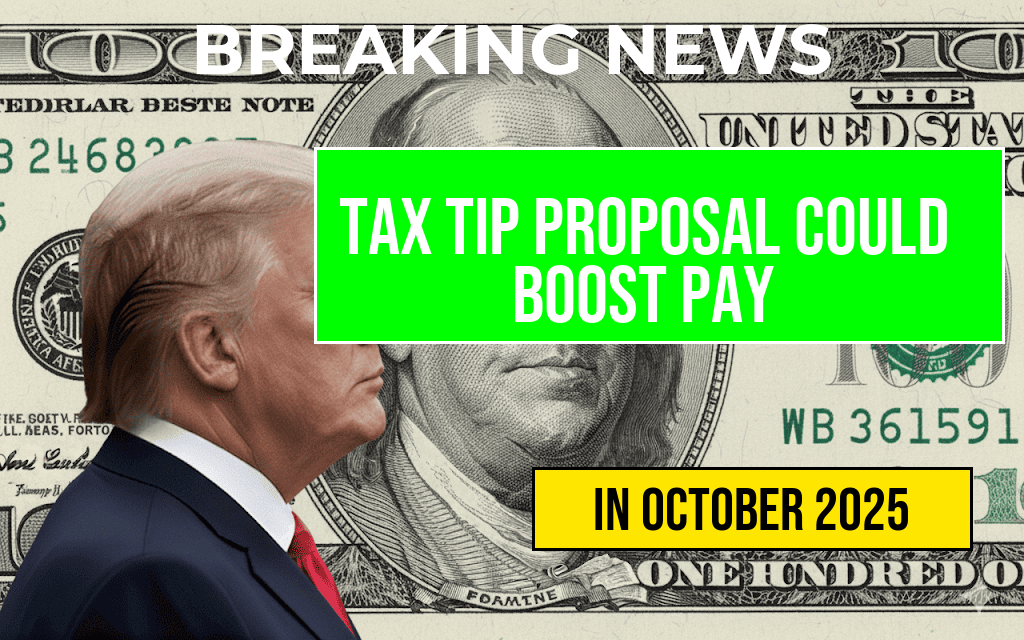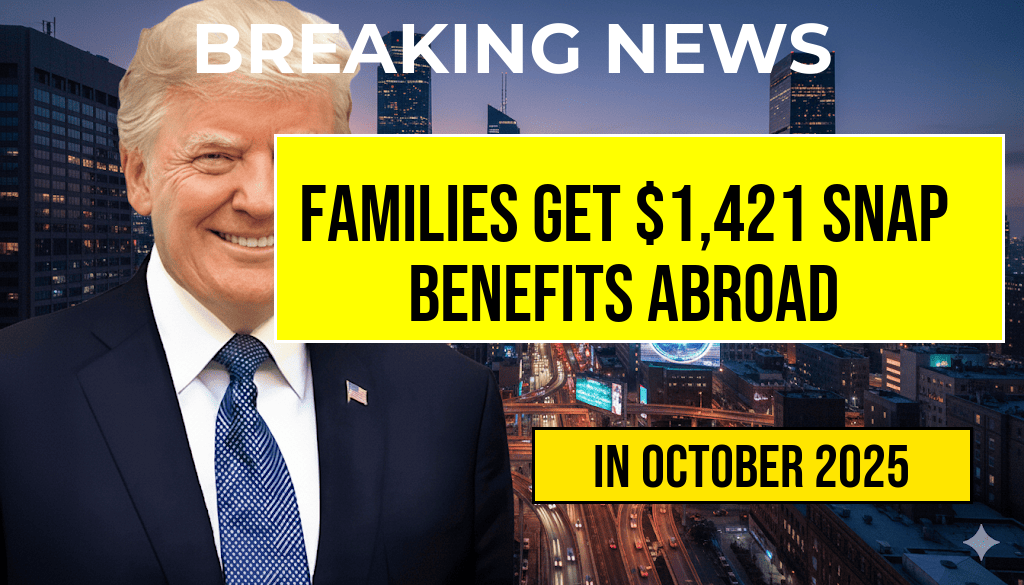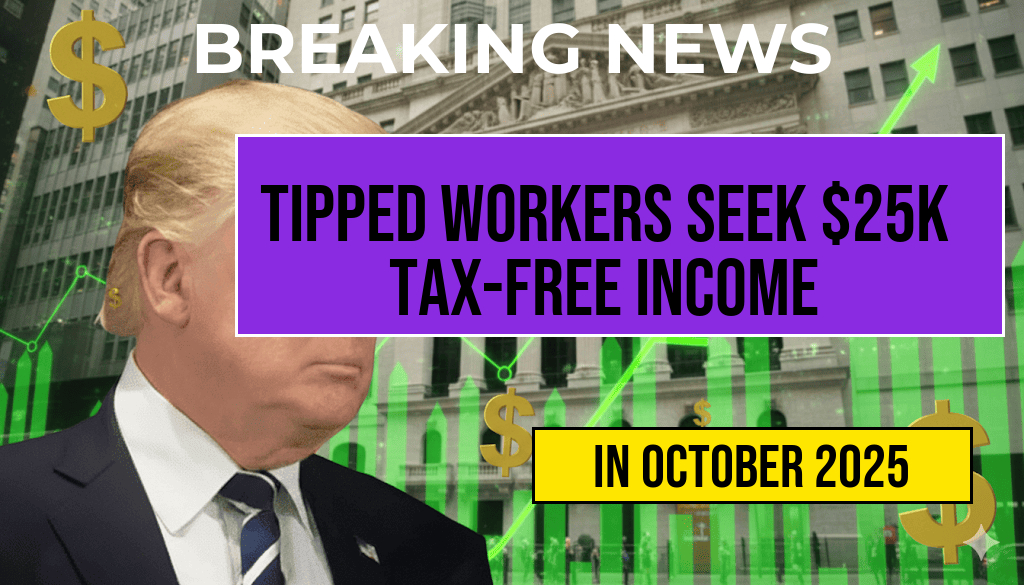Hawaii SNAP Benefits for a Family of Three Surpass Mainland Payments by $349
A recent analysis reveals that a typical family of three in Hawaii receiving Supplemental Nutrition Assistance Program (SNAP) benefits is allocated $1,334 per month, significantly exceeding the average mainland payout by $349. This disparity highlights the unique economic challenges faced by Hawaii residents, driven largely by the state’s high cost of living and distinctive geographic factors. While nationwide, SNAP benefits are designed to help low-income families afford nutritious food, the amount varies considerably across states to reflect local expenses. Hawaii’s elevated benefit level underscores the state’s ongoing struggle with affordability, which impacts not only food security but also broader economic stability for many households.
Understanding how SNAP benefits are calculated and what factors influence these differences offers insight into the broader issues of income, cost of living, and federal assistance policies in the United States.
Cost of Living and Federal Assistance in Hawaii
Hawaii’s high housing, transportation, and grocery costs are among the highest in the country, making federal assistance crucial for many families. According to the Hawaii Department of Human Services, the state’s average monthly SNAP benefit for a family of three in 2023 is approximately $1,334, based on local living expenses and federal guidelines. This figure is roughly $349 higher than the national average, which stands around $985 for similar household sizes.
This substantial difference stems from the U.S. Department of Agriculture’s (USDA) method for determining benefits, which considers local food prices and living costs when calculating benefit levels through the Thrifty Food Plan. Hawaii’s remote location and reliance on imported goods inflate grocery prices, prompting adjustments in SNAP allocations to help families meet nutritional needs.
Comparison of Benefits Across States
| State | Average Benefit | Difference from Mainland |
|---|---|---|
| Hawaii | $1,334 | + $349 |
| California | $1,245 | + $260 |
| New York | $1,290 | + $305 |
| Texas | $985 | — |
| Florida | $960 | — |
This table illustrates the considerable variation across states, with Hawaii leading in benefit amounts due to its higher cost of living. The differences are particularly stark compared to states like Texas and Florida, where lower living expenses translate into smaller SNAP allocations.
Factors Influencing Benefit Levels
Several factors contribute to Hawaii’s elevated SNAP benefits:
- Housing costs: Hawaii has some of the highest median rents in the country, which significantly impacts household budgets.
- Transportation expenses: Limited public transit options and geographical isolation lead to higher transportation costs, affecting overall affordability.
- Food prices: Imported food costs surge due to shipping expenses, elevating grocery bills for residents.
- Income levels and unemployment rates: While unemployment rates are comparable to national averages, income disparities remain pronounced, influencing eligibility and benefit amounts.
The USDA adjusts SNAP benefits annually based on updated local data, with Hawaii consistently ranking as one of the states with the highest allocations.
Implications for Families and Policy Considerations
The higher benefit level for families in Hawaii reflects a targeted approach to address local economic realities. However, it also raises questions about the sustainability of such disparities amid ongoing economic pressures and federal budget constraints. For families relying on SNAP, these benefits can be essential for maintaining nutritional health and stability.
Advocates argue that the current structure effectively captures regional differences, but critics suggest that systemic challenges like housing affordability require broader policy interventions beyond federal assistance adjustments. Some policymakers are exploring ways to integrate SNAP with other support programs, such as affordable housing initiatives, to foster long-term economic resilience.
Resources and Further Reading
Frequently Asked Questions
What is the current SNAP benefit amount for a family of three in Hawaii?
The SNAP benefits for a family of three in Hawaii reach up to $1,334, which is $349 higher than the typical amount provided on the mainland.
Why are SNAP benefits higher in Hawaii compared to the mainland?
The higher SNAP benefits in Hawaii reflect the state’s increased cost of living and food expenses, ensuring families can better meet their nutritional needs.
Who qualifies for SNAP benefits in Hawaii?
Families of three members with income and resource levels within specified limits are eligible for SNAP benefits in Hawaii, with the benefit amount varying based on income and household circumstances.
How does the benefit amount in Hawaii compare to other states?
Hawaii’s SNAP benefits are notably higher than many other states, primarily due to the state’s higher living costs, with a difference of $349 compared to the mainland average for a similar household.
How can families apply for SNAP benefits in Hawaii?
Families can apply online, in person, or via mail through the Hawaii Department of Human Services. It’s recommended to submit complete documentation to expedite the approval process.









